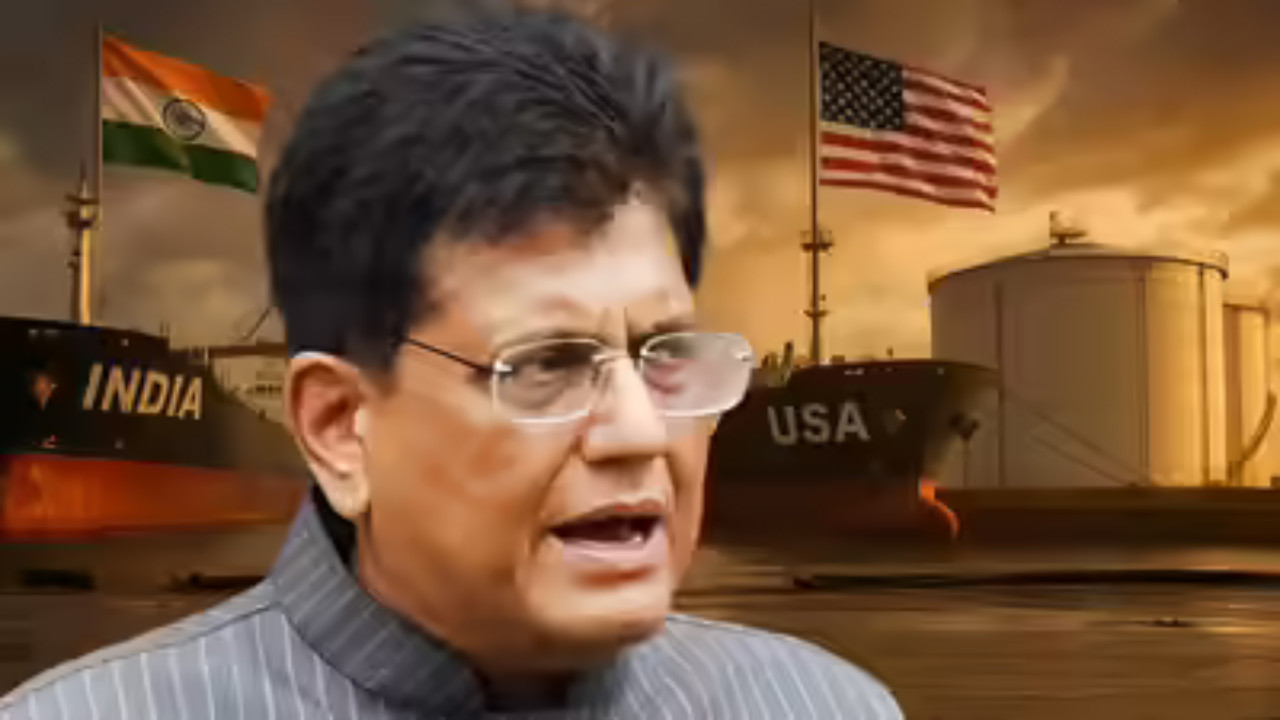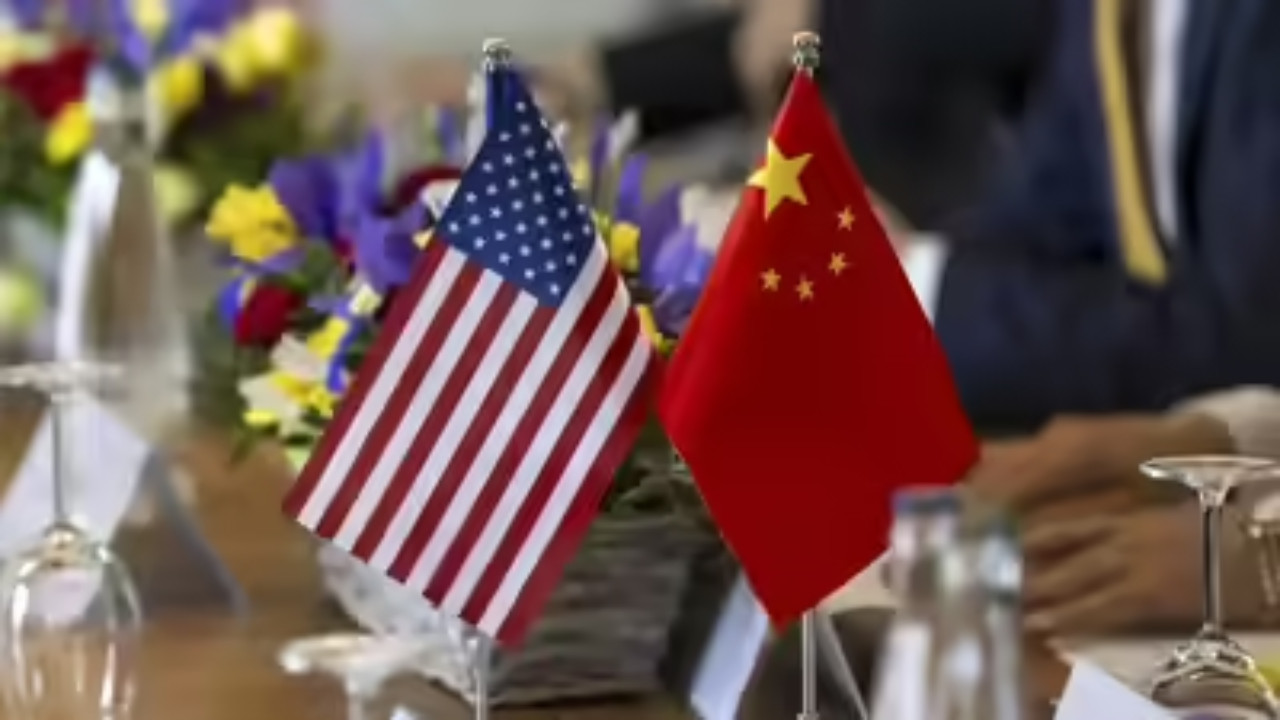Navigating the Shifting Sands of Global Trade: India’s Strategic Tariff Adjustments
The world of international trade feels a bit like a high-stakes chess game these days. Each move, each negotiation, each levied tariff sends ripples across economies, forcing businesses and governments alike to recalibrate their strategies. India, a major player on the global stage, is certainly not immune to these shifts. In fact, recent developments suggest a proactive and carefully considered approach to navigating these complex currents, particularly concerning certain “no-go” areas in trade negotiations.
We’re witnessing a hardening stance, a deliberate recalibration of priorities, as India seeks to protect its economic interests and promote self-reliance. It’s not about closing doors, but rather about strategically positioning itself for long-term growth and stability. But what exactly is fueling this shift, and what could it mean for businesses operating in India and beyond?
India’s Tariff Strategy: A Balancing Act
Tariffs, those often-contentious taxes on imported goods, are a key tool in any nation’s trade policy arsenal. They can be used to protect domestic industries, generate revenue, or even as leverage in trade negotiations. India has long employed tariffs, but recent moves suggest a more targeted and assertive approach. The government has clearly signaled its willingness to use tariffs strategically to safeguard its interests.

This isn’t about blindly erecting protectionist walls. Instead, it seems to be about fostering a level playing field and encouraging domestic manufacturing. The “no-go” areas likely represent sectors deemed crucial for national security or strategic growth, areas where India intends to maintain a significant degree of control and self-sufficiency.
The “No-Go” Zones: Protecting Key Interests
While the specific details of these “no-go” zones remain closely guarded, their essence speaks volumes. They represent a commitment to protecting sectors deemed vital for India’s long-term economic and strategic well-being. This could include industries related to defense, critical infrastructure, or emerging technologies.
Think about it: a nation’s ability to produce its own essential goods and services is paramount, especially in an increasingly volatile global landscape. By designating certain sectors as off-limits to certain trade concessions, India aims to minimize its dependence on external sources and bolster its domestic capabilities. This strategy, while potentially leading to friction with trading partners, ultimately aims to strengthen India’s overall economic resilience. Understanding these strategic priorities can inform your own business decisions. Perhaps exploring manufacturing in India could be a smart way to mitigate risk, or reevaluating supply chains to include more Indian-based companies.
Navigating the Implications for Businesses
So, what does all this mean for businesses operating in or trading with India? Firstly, it necessitates a deeper understanding of India’s trade policy priorities. Companies need to be aware of which sectors are likely to face higher tariffs or stricter regulations.
Secondly, flexibility and adaptability are key. Businesses should be prepared to adjust their strategies in response to evolving trade dynamics. This could involve diversifying supply chains, exploring alternative sourcing options, or investing in local manufacturing capabilities within India. Consider reading our article about [understanding the Indian consumer market](internal-link).
Thirdly, proactive engagement with government agencies and industry associations can provide valuable insights and help businesses navigate the regulatory landscape effectively. Staying informed and building relationships are crucial for long-term success.
The world of international trade is rarely static. It’s a dynamic environment shaped by geopolitical forces, economic imperatives, and evolving national priorities. India’s recent tariff adjustments and its emphasis on “no-go” areas underscore the importance of staying informed and adapting to the changing landscape. Businesses that embrace this proactive approach will be best positioned to thrive in the years to come. The strategic use of tariffs is not intended to close doors, but to protect key Indian interests.







